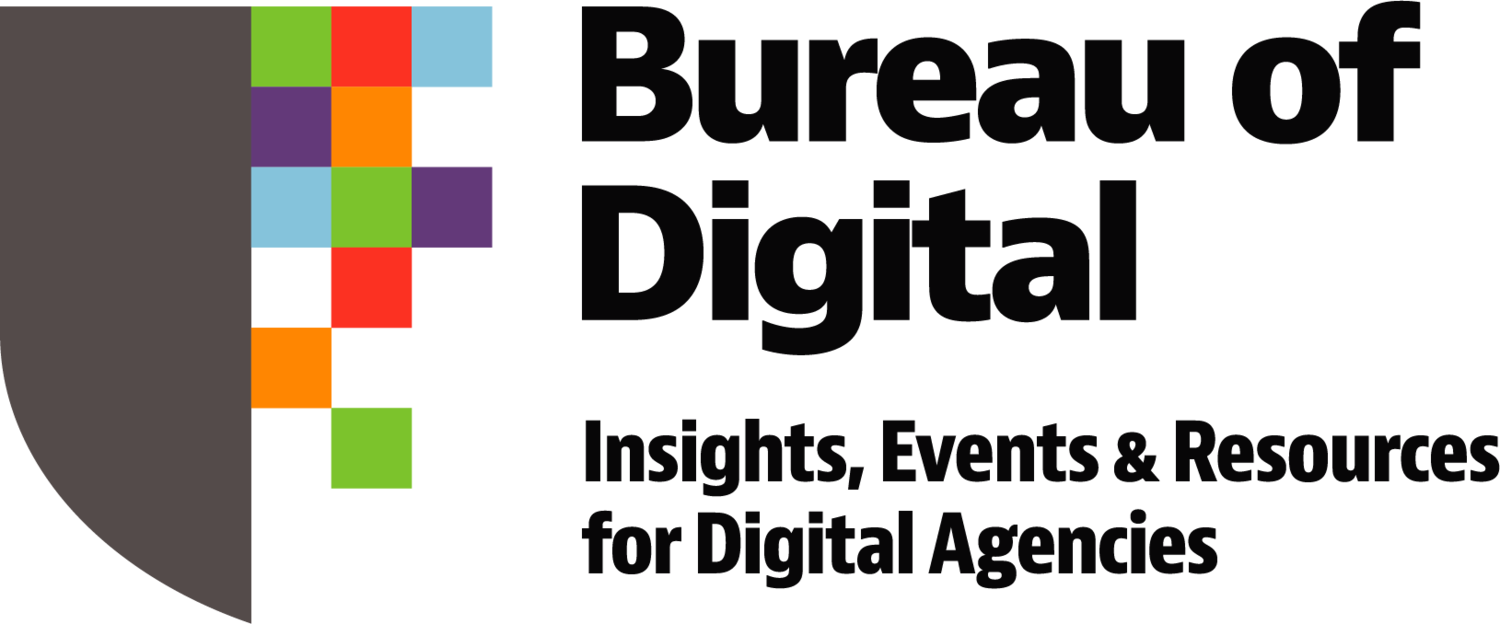Apparently, as of July 1 we are officially closer to 2050 than we are to the year 2000, which I flat out refuse to believe. How can that be true when Y2K was only ten years ago? But, alas, time marches on heedless of my attempts to cling to the days of frosted tips and super baggy jeans (hey, it’s still better than the mullet revival). However unreliable my mind is, I know I can depend on the members of the Bureau for uplifting discussions and helpful advice. Our Slack channel is the place I always go back to for inspiration, and for everyone else I collect the best pearls of wisdom shared there and use them in a weekly newsletter. I hope you sign up for our no-spam-guaranteed newsletter here.
For everyone else, however, here’s a sampling of what we talked about during the month of June.
AM/PM Tension
Constructive conflict is an odd concept, but it boils down to different strengths needed in different roles. One of the ways this has always manifested itself is in the friendly relationship development abilities of your account managers, compared to the no-nonsense driver of your project managers. But there’s a growing trend to combine these roles, often to the detriment of the business and very often to the detriment of the person trying to nail this dual role.
If you’re facing budgetary pressures and are thinking your project manager and account manager are interchangeable, you need to keep a couple things in mind. First, this is generally something that can succeed in small-to-midsize agencies, IF there’s enough communication and management support. The larger your shop, the better the chances you need more layers to prevent burnout. And if you’re the person being placed into the role, you need to have your duties scoped out in writing and look for new efficiencies like using AI. It’s not impossible, but it has to be done carefully.
The Creeping Dread
It’s happened to all of us. You think you know exactly what your deliverables are, and then slowly, bit by bit, the scope increases. Your customer asks, “What if we…?” and then you internally put your head in your hands and wonder what you could have asked about earlier to prevent the situation. Scope creep can kill schedules and balloon costs, leaving you with uncoordinated end products and the feeling that you wasted weeks or months of careful planning. But at the same time, that extra cash can keep the lights on.
When your clients start asking for more, you don’t need to shut them down. Instead, suggest a frank conversation about what that will mean in terms of time and money. By discussing it you can come to a solution that both parties can agree to. And then you add one more question to the discovery phase for your next client.
Partnering for Profitability
In the feast or famine landscape of digital marketing, it’s never easy to bounce back and forth between feast and famine. What you might need to help weather those storms is a good partner. A partner who knows the business because they’re in it too. And while the idea of teaming up with the competition sounds crazy, there are a few reasons to consider it.
Partnering gives you access to more capacity without the overhead costs. And when you don’t need it, you don’t share the work. But if you want to do it right, you need to remember a few things. First, you’ve got to build relationships naturally. Trust is what makes for a super team-up. You also need really clear boundaries and responsibilities. Get to know them well to make sure it’s the right kind of fit. And it’s okay to share the plan with your clients, so they know you’re bringing in a trusted partner to help. If you think you might need extra capacity, start now to plan a strategic team-up.
The Price Better Be Right
I’m a simple guy with simple needs, but that doesn’t mean everything about your business needs to be overly simplified. Your pricing, for example, needs to be up front, but that doesn’t mean it has to be the same for everyone. Your pricing needs to take into account the project specifics, who the client is, their experience with what they are asking, and how you’re going to measure success.
With that in mind, you can choose a model. A simple hours/materials option might be right when there’s some uncertainty, but it’s not the only way. You might give a fixed bid if you’re sure about what needs to be done. You could also base it in the specific products to produce. And if you’ve got a good relationship, you might even base costs on the project’s success. Don’t be afraid to look at different pricing methods to help you grow.
June was a great month, and I’m confident that we’ve got even more excitement ahead in the second half of the year. Stay tuned, check out the newsletter, and I hope to see you at one of our upcoming events!

